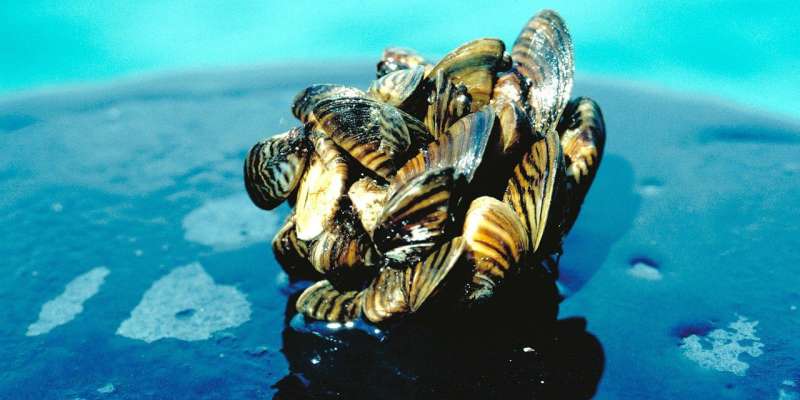Using AI to manage Canada's invasive species

New University of Alberta research on managing aquatic invasive species in Canada combines the power of machine learning with expertise in biology and statistics to build a simple, easy-to-use tool for environmental managers.
The tool, which produces decision trees, helps environmental managers decide which approach to take in their waterways by predicting the outcomes of various invasive species management strategies.
"The economic cost of invasive species is in the tens of billions of dollars—and because the cost is so high, there is a great deal of interest in preventing and controlling invasions," said Mark Lewis, a U of A mathematical and statistical sciences expert and Canada Research Chair in Mathematical Biology, who developed the tool with his research collaborators.
There are many kinds of aquatic invasive species in Canada in both marine and freshwater environments, ranging from invasive seaweed to fish to water fleas. Many are spread by shipping routes and through pet trade, like when you release your goldfish into a lake.
Applying the power of AI
"Mathematical biology has many wonderful tools for understanding the eradication of invading species, in general," explained Russ Greiner, a machine learning expert and professor of computing science. "Machine learning provides many complementary tools for predicting whether a specific invasion is likely to be eradicated, using some specified approach."
Lewis and Greiner, along with their former post-doctoral fellow Yanyu Xiao, ran machine learning techniques to produce the easy-to-use decision trees. Environmental managers can use them to determine the best strategy for dealing with any invasion, ranging from eradication to containment and mitigation of spread.
The research shows that, over the wide range of species considered, there are three main elements to consider: habitat type, amount of area invaded and whether containment has been attempted.
"As the end-user, having a computer isn't necessary," says Lewis. "All you need is a copy of the decision tree, which is much more useful for environmental managers working in the field."
The paper, "Evaluation of Machine Learning Methods for Predicting Eradication of Aquatic Invasive Species," is published in Biological Invasions.
More information: Yanyu Xiao et al. Evaluation of machine learning methods for predicting eradication of aquatic invasive species, Biological Invasions (2018). DOI: 10.1007/s10530-018-1715-2
Journal information: Biological Invasions
Provided by University of Alberta




















